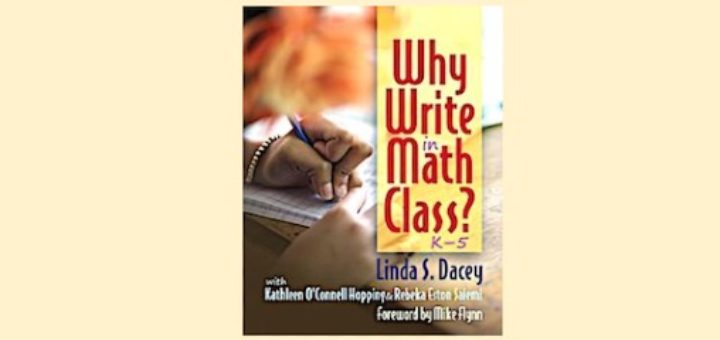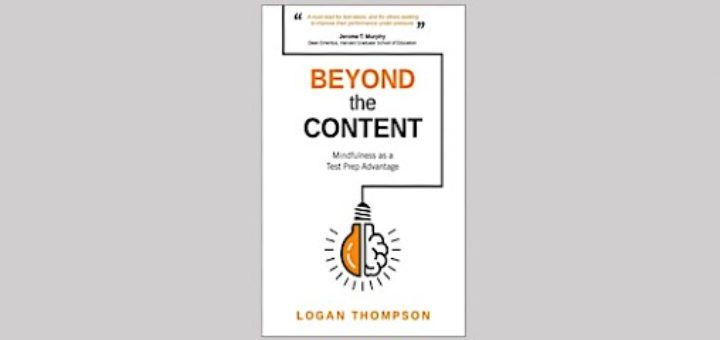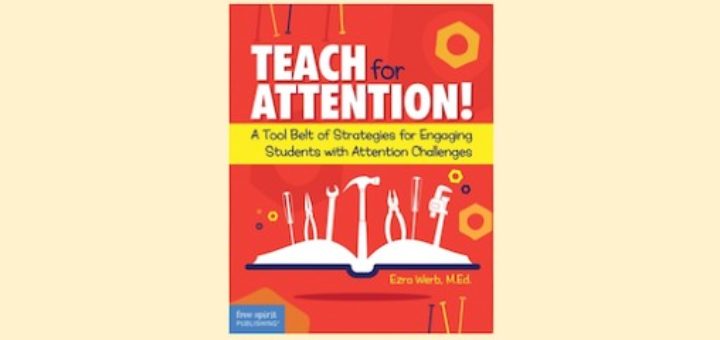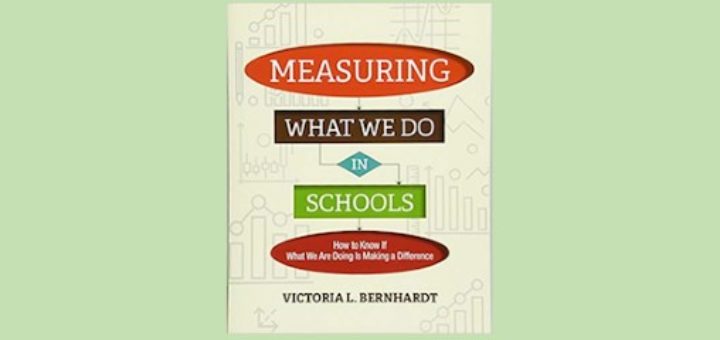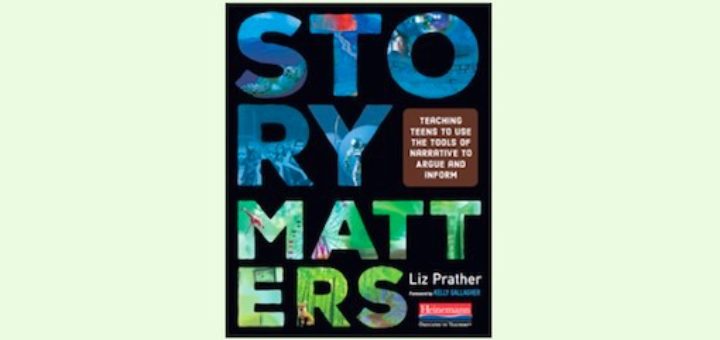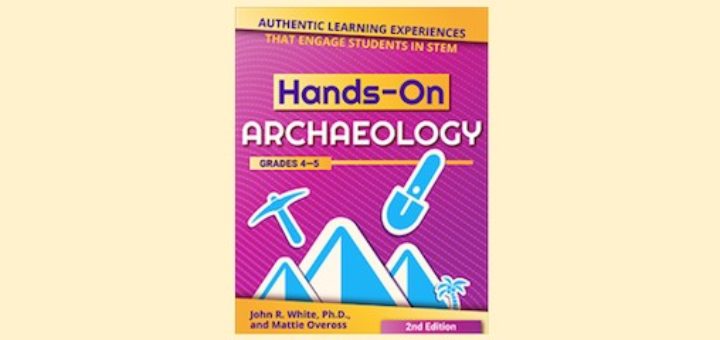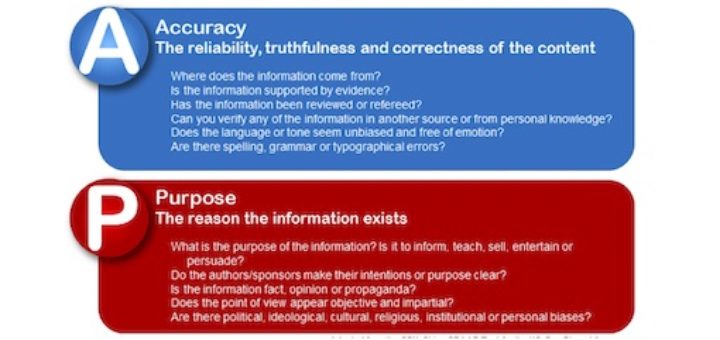The Power of Writing for Young Math Students
Bringing the four types of writing from ELA to math class allows students to explain their thinking, opening a big window for teachers into their level of understanding. “Why Write in Math Class? K-5” by Linda Dacey shows how to make this happen, says Kathie Palmieri.

